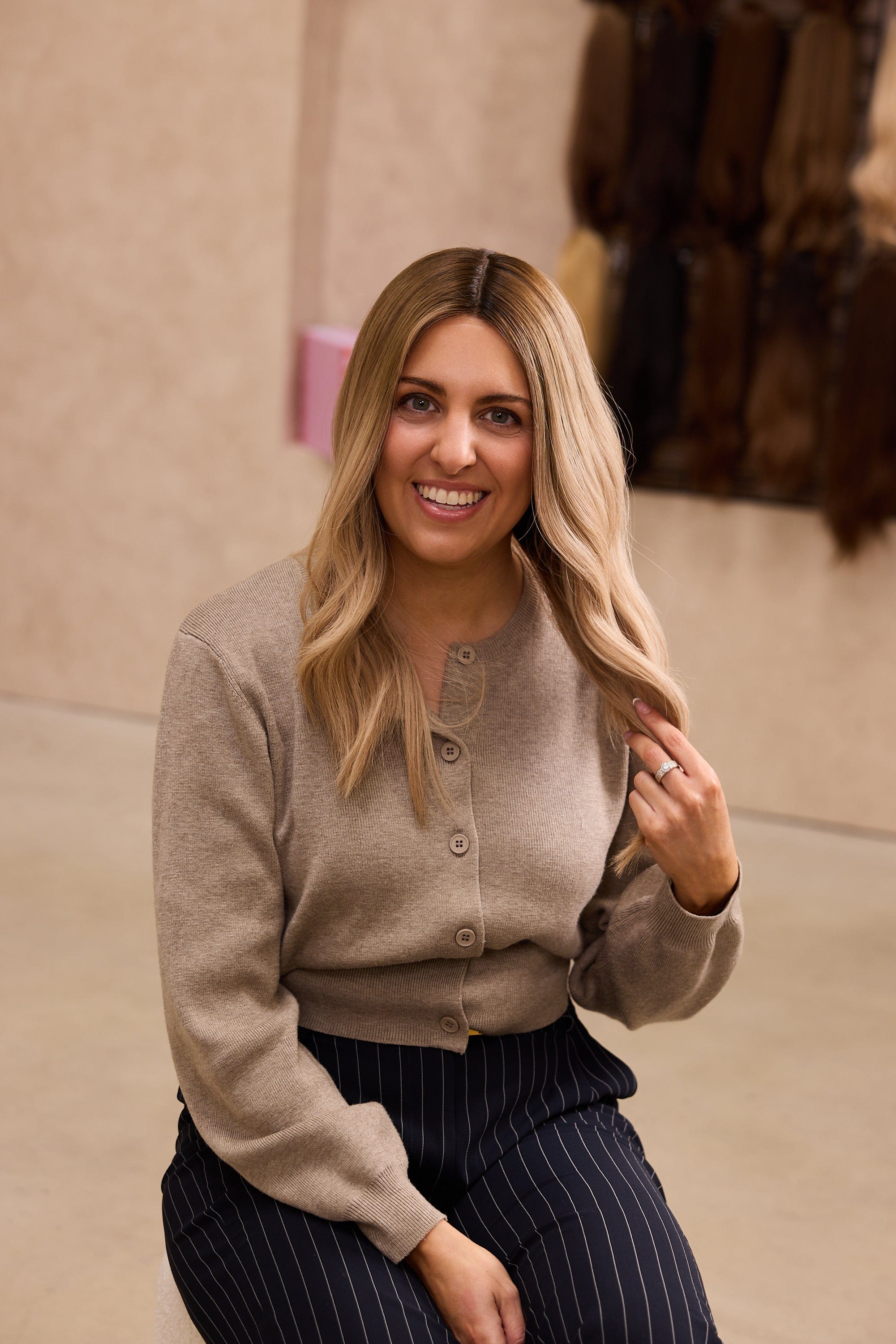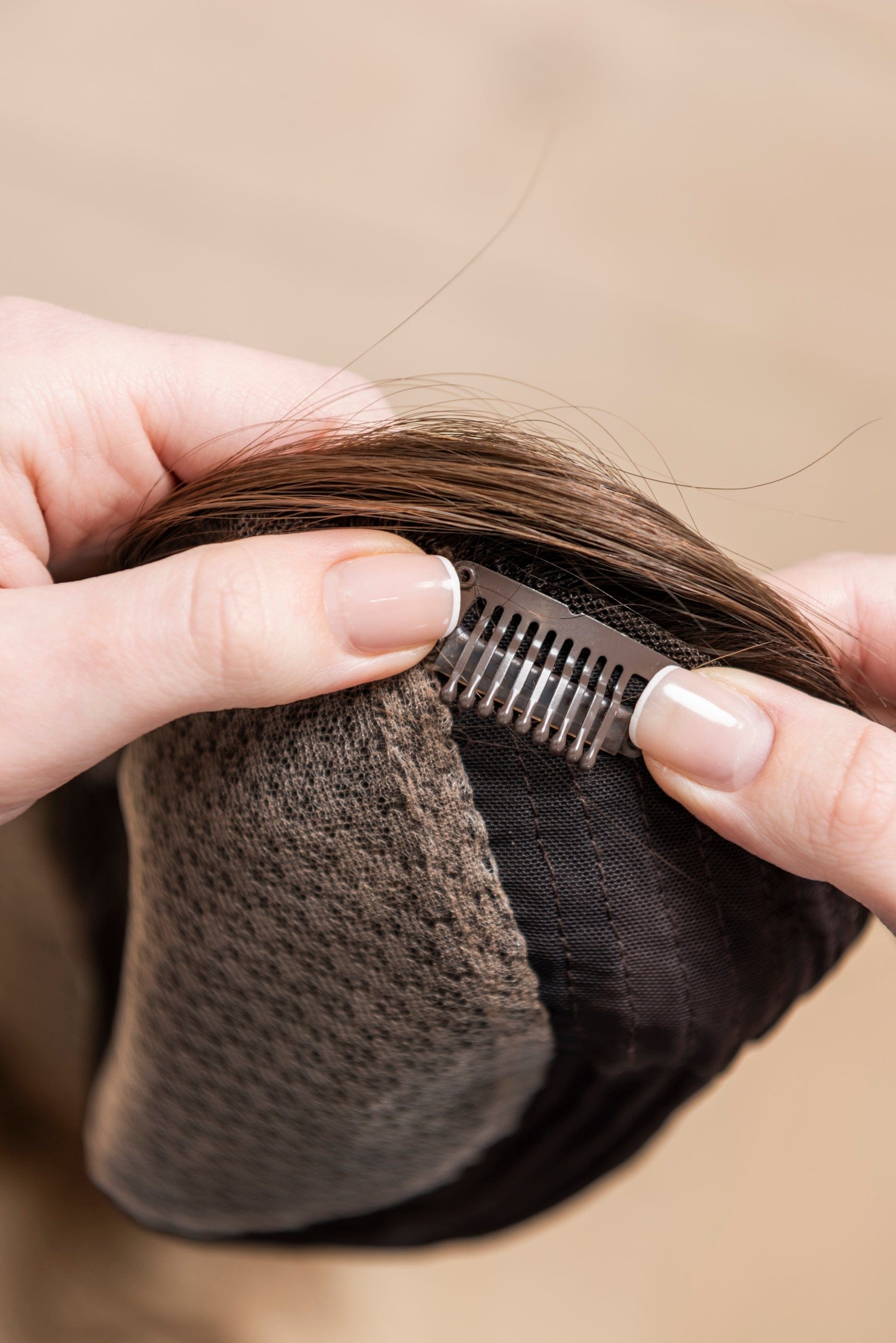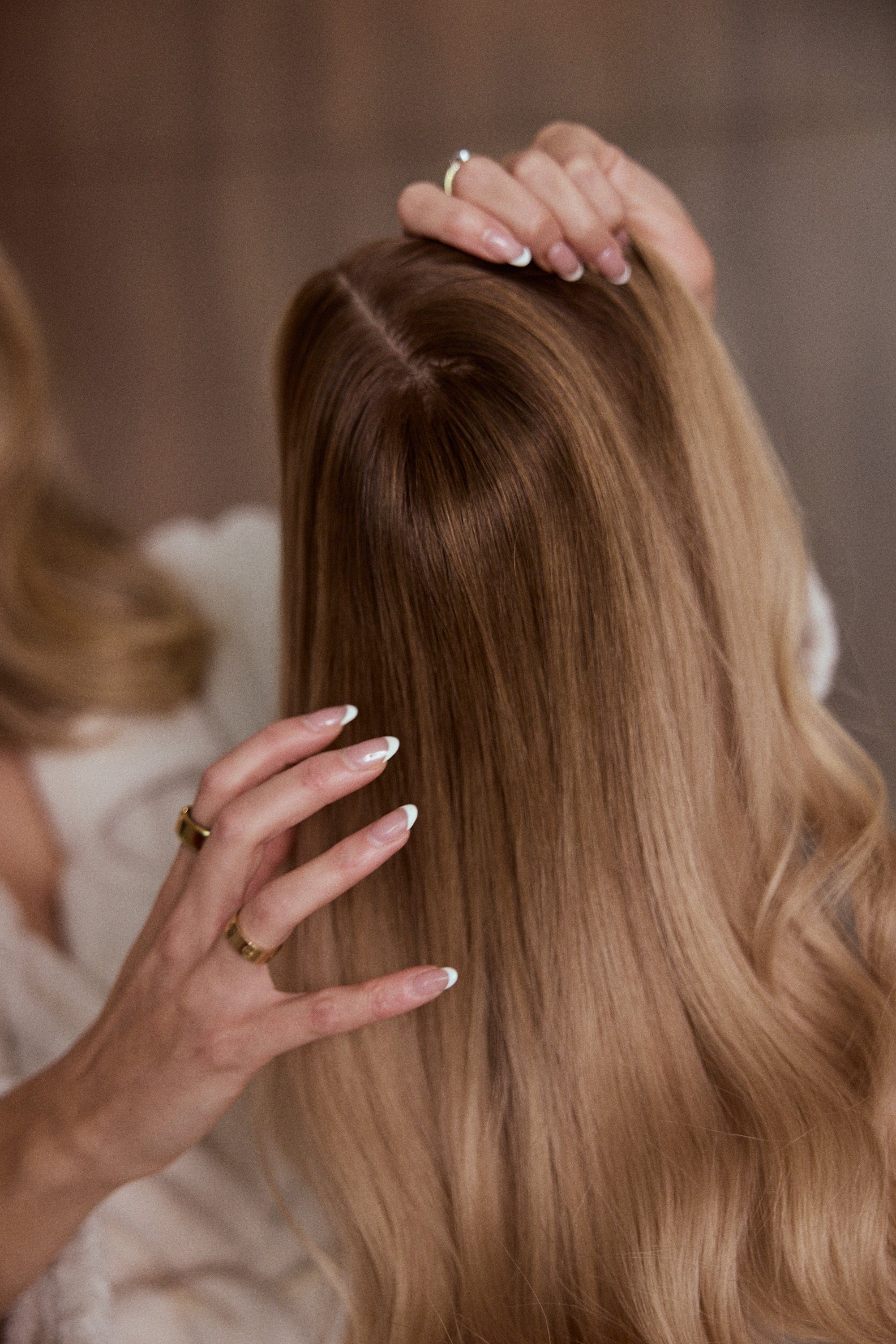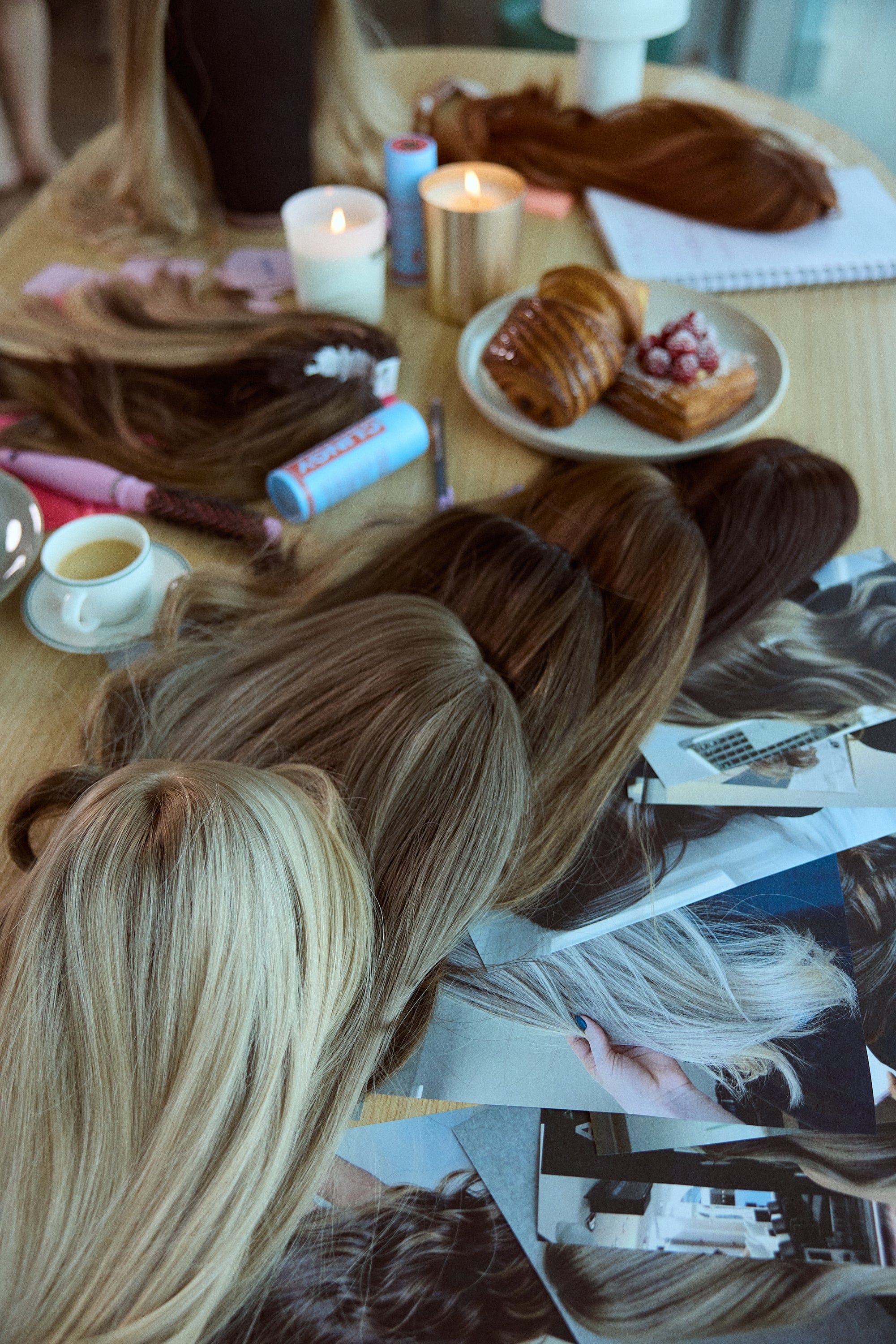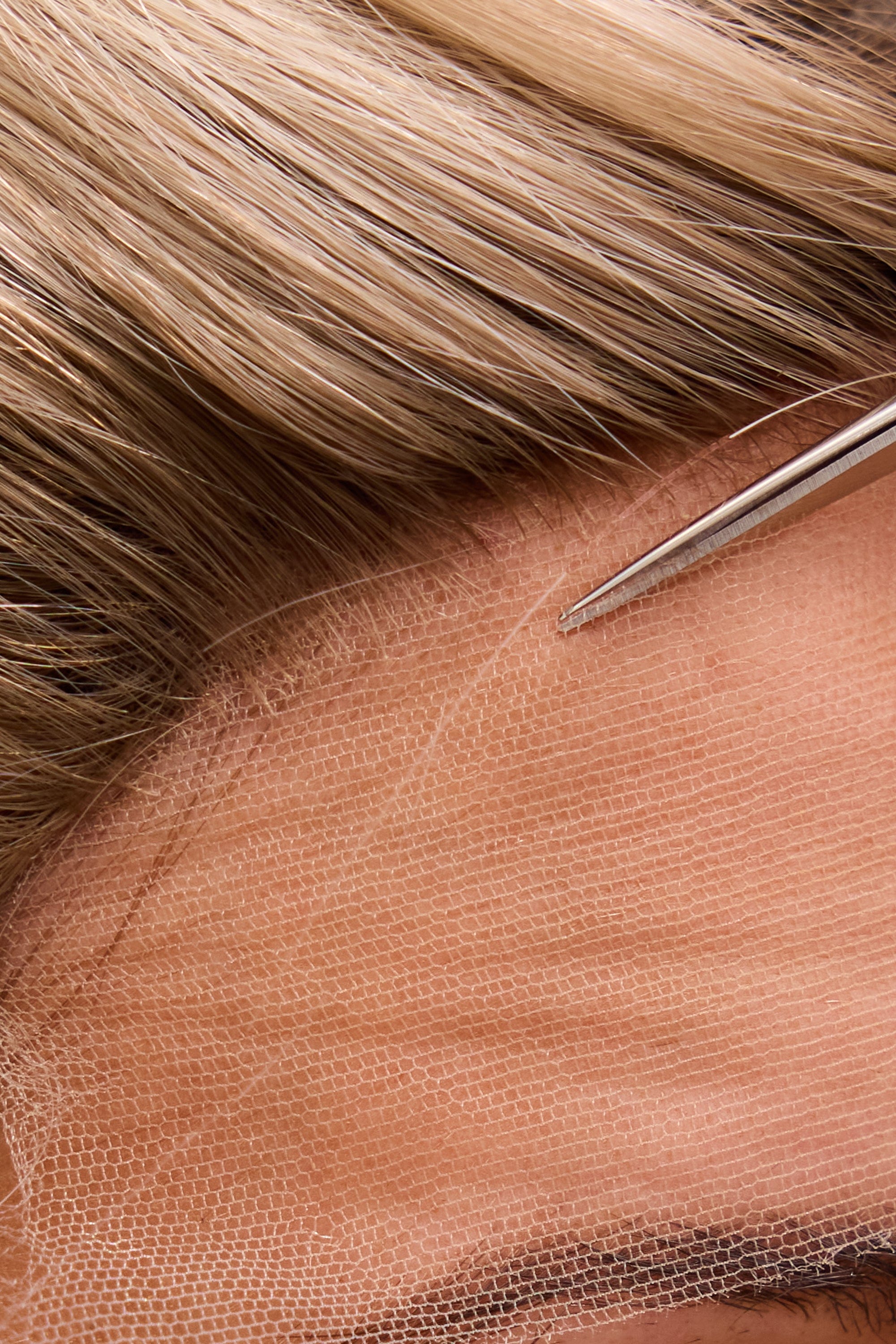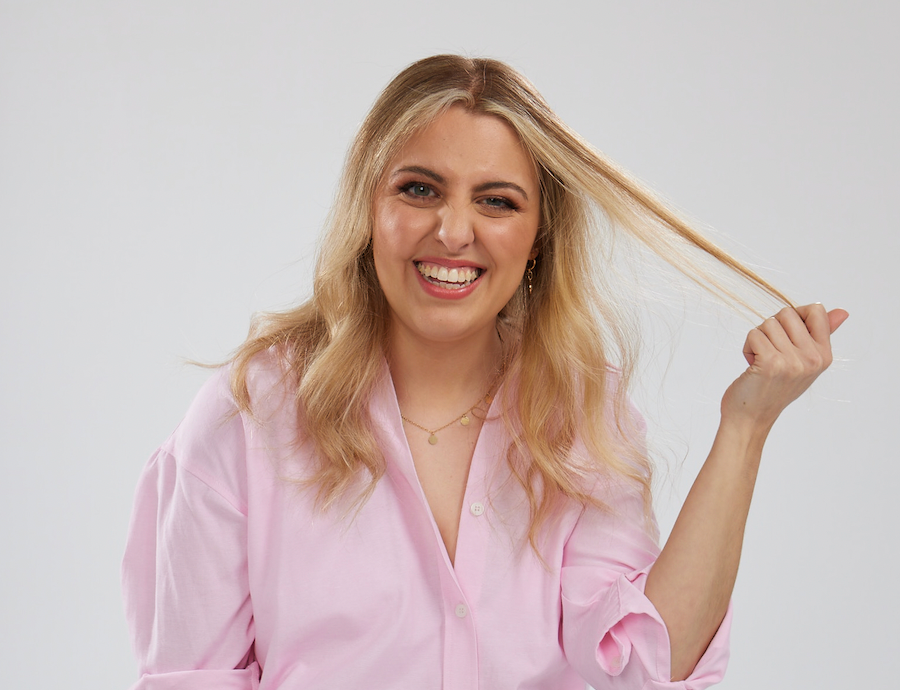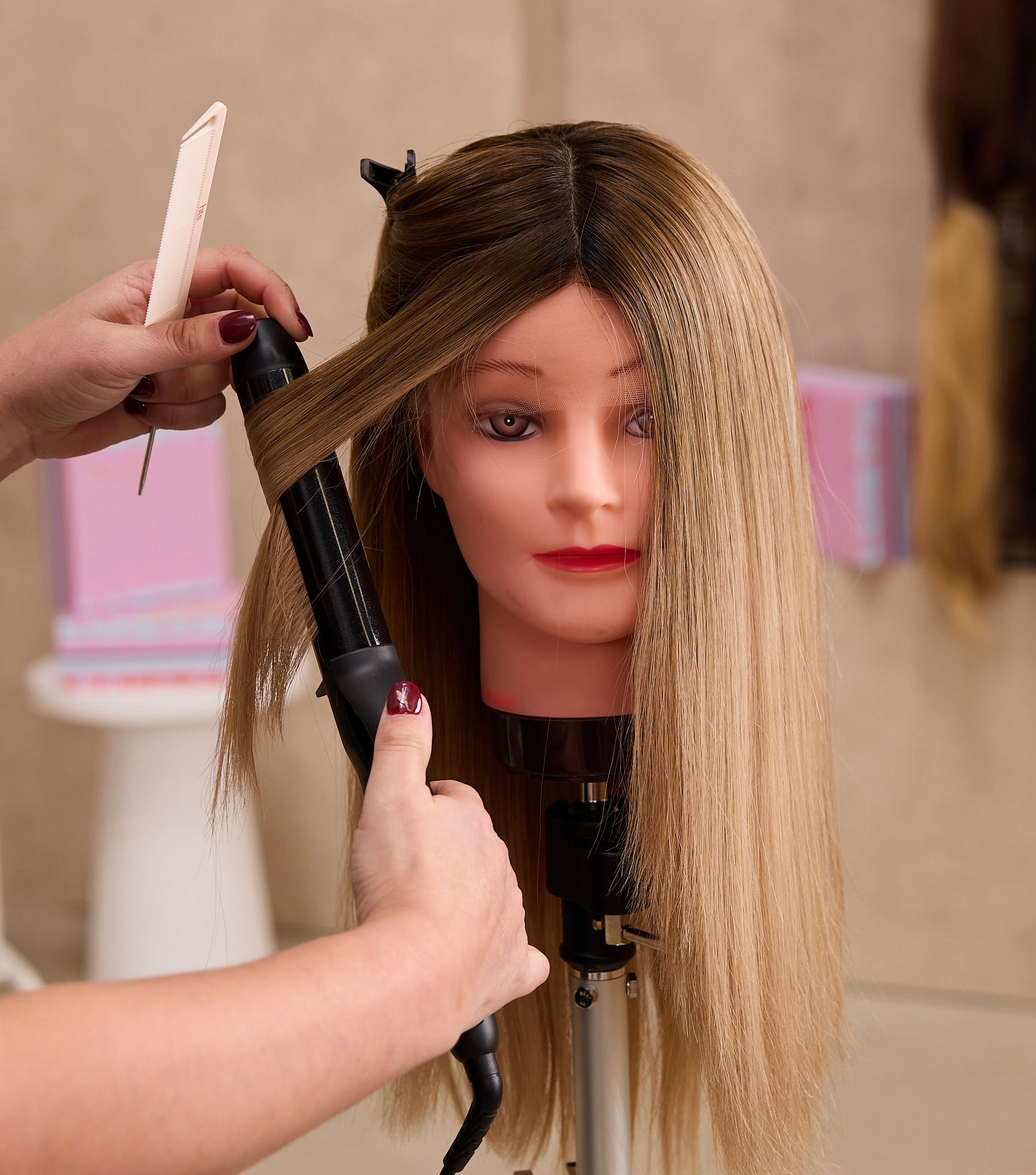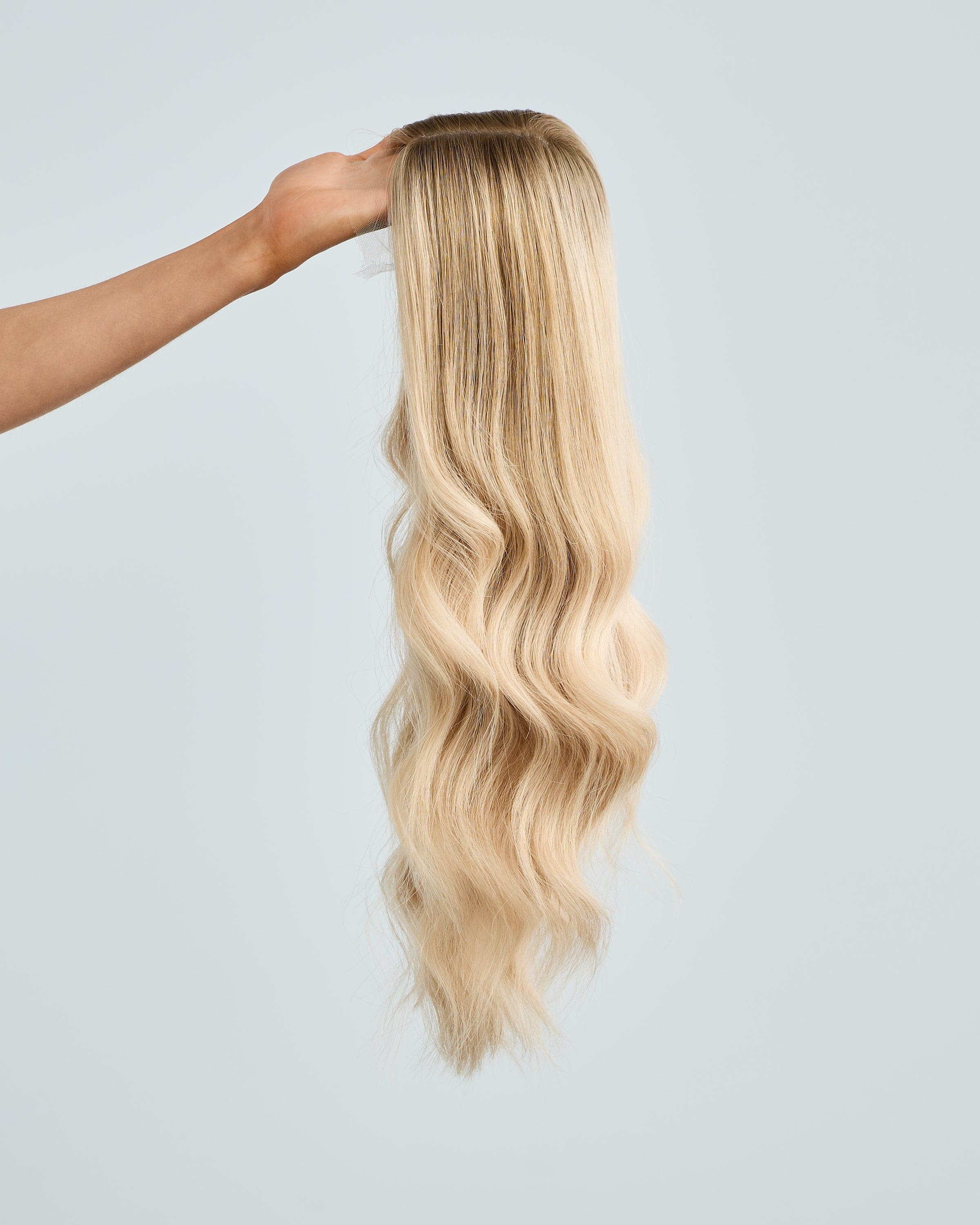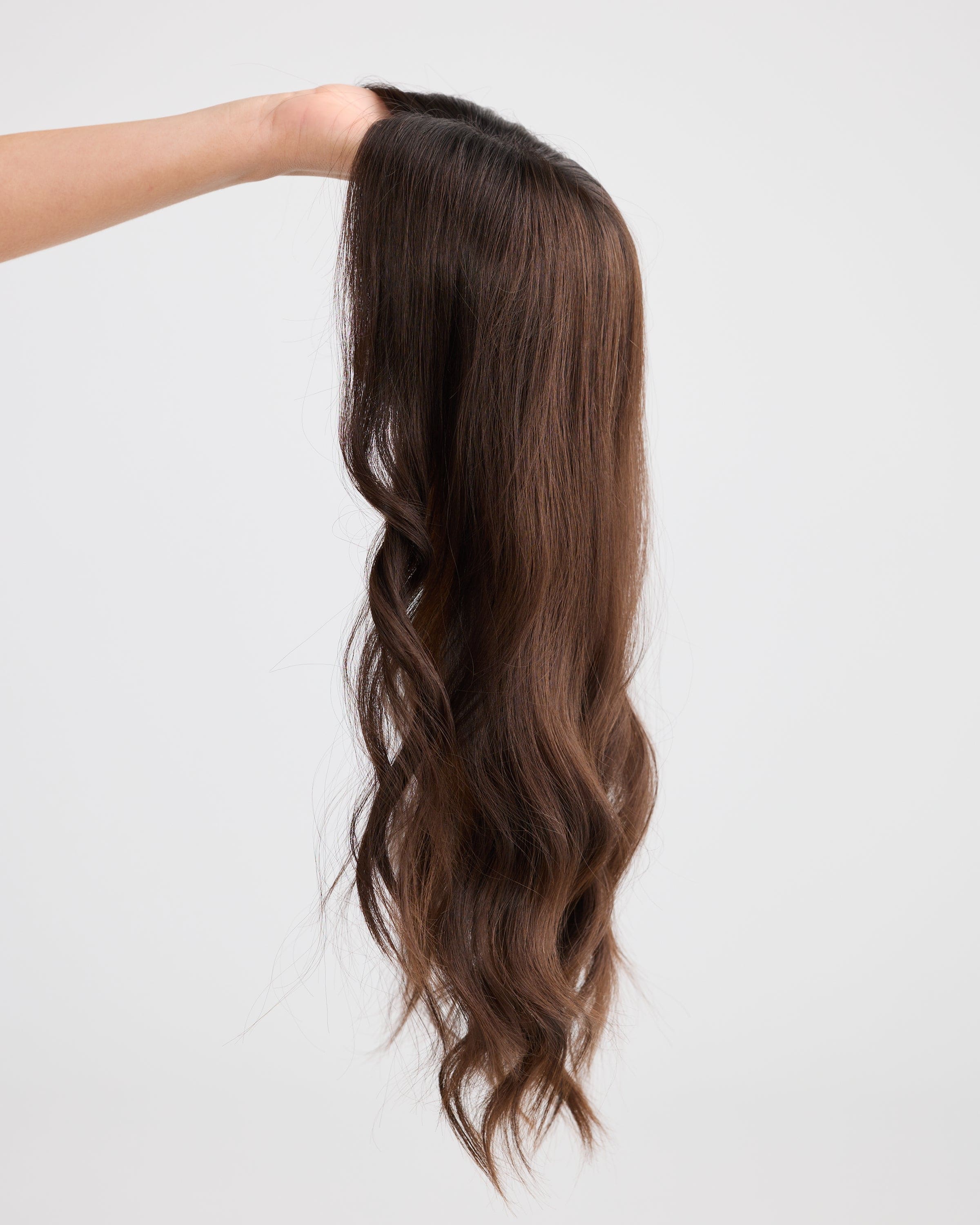Let’s unpack a topic that’s got everyone whispering – can you really prevent hair loss? We get it. It’s this giant question mark hovering in our thoughts. One day, we're twirling our thick locks, and the next, there's a clump that decided to bid adieu. Breathe. Let's break it down together, no frills, no fluff. Is hair loss preventable? Can we stop our hair from falling out?
The Hair Life Cycle: A Quick Refresher
Your hair, like everything in life, has phases. There's the growth stage (anagen), the chill-out phase (telogen), and the shedding one (catagen).

1. Anagen: The Growth Spurt
The anagen phase is like the golden years of youth, where our hair feels invincible. The duration of this phase largely determines how long your hair can grow. Think of it as the hair working overtime, growing about half an inch a month. It's during this period that you'll notice your locks getting longer, and with the right care, lusher.
2. Catagen: The Transitional Time
Then comes the catagen phase, a sort of transition period, lasting around 2 to 3 weeks. It's when the hair follicle renews itself. During this brief period, the hair strand detaches from the blood supply, forming what is known as a club hair. Imagine it as a rite of passage, the hair preparing itself for the next step.
3. Telogen: The Chill-Out Session
After the hustle and bustle, hair deserves a break, right? Enter the telogen phase, which is pretty much the hair's vacation time. This resting phase lasts around 3 to 4 months. At any given point, about 10-15% of your hair is just hanging out, chilling in this phase. While they relax, new hair begins its growth journey, right beneath them.
4. Exogen: The Farewell Tour
There’s another phase, often overlooked, called the exogen phase. This is the part where the resting hair begins its departure, making way for fresh strands. We shed about 50-100 hairs daily, and that's due to this phase. It's nature's way of making room for new growth, a reminder that endings pave the way for fresh beginnings.
When the Balance Goes Haywire
Now, all these stages co-exist harmoniously, creating a beautiful symphony of growth, rest, and renewal. However, problems arise when this harmony gets disrupted. Factors like stress, hormonal imbalances, poor nutrition, or certain medications can mess up the cycle. You might notice more hair in the telogen or exogen phase and less in the anagen. That’s when the shedding becomes noticeable, the volume decreases, and alarm bells start ringing.
Understanding this cycle is crucial. It gives insight into the nature of hair growth and loss. It can help pinpoint problems and, more importantly, solutions. When the cycle is disrupted, it's not merely about applying a miracle potion or mask. It's about diving deeper, understanding the root cause (pun slightly intended), and addressing the imbalance.
By tuning into our hair's natural rhythms, we can better care for it, ensuring that it remains our crowning glory through every phase of life. Whether it's the peaks of growth or the valleys of rest, understanding these phases gives us the power to navigate the complex world of hair health with confidence and grace.
Reasons Behind the Loss
Genetics: Ah, good ol’ DNA. Sometimes, our genes carry the tale of thinning locks. It's a narrative passed down, and while we can't rewrite genetics, understanding it gives us power. Knowledge is the first step, right?
Hormones: Remember that time in puberty or perhaps post-pregnancy when things went haywire? Hormones play a big role. Conditions like PCOS or thyroid issues can also throw things off the chart.
Stress: Believe it or not, your mental state can have a ripple effect on your scalp. Long term stress can trigger hair to enter the shedding phase sooner.
Lifestyle and Diet: All those late nights, binging on fries (delicious, no doubt) can catch up. Your hair needs nutrients, and if it's not on your plate, it's not on your head.
Tight Hair Styles and Treatments: Love that tight ponytail? Or maybe you're into chemical treatments. Over time, they can lead to traction alopecia. Essentially, they stress your hair out. Literally.
Underlying Health Conditions: Sometimes, the root is deeper. Conditions like lupus or alopecia areata might be the culprits.
A Closer Look at Hair Nutrition
Hair, like every other part of our body, thrives on good nutrition. But which specific nutrients play a starring role in our hair health story?
Protein: Our hair is primarily protein. It makes sense, then, that a lack of it can cause hair to become dry, brittle, and weak. Incorporate lean meats, fish, tofu, and beans into your diet. Even the occasional egg – yes, it’s not just for DIY hair masks!
Iron: A significant cause of hair loss, especially in women, is iron deficiency. Leafy greens, red meat, lentils, and almonds are some of your go-to sources.
Vitamin E: This one's an antioxidant and helps maintain hair and skin health. Nuts are a fantastic source.
Omega-3 Fatty Acids: These fats are essential for our overall health and particularly beneficial for our hair, giving it a healthy, lush shine. Fish, flaxseeds, and walnuts are packed with these.
Remember, while supplements are tempting and can indeed help, it's essential to get nutrients from natural sources first and always consult a healthcare provider before starting any supplementation.
So, Can We Prevent It?
Let’s be real. Prevention is a strong word. Instead, let’s focus on understanding and management.
-
Diet & Supplements: While we can't guarantee a head full of hair by munching on avocados, a balanced diet does wonders. Sometimes, supplements can bridge the nutrient gap. However, it's crucial to consult a professional before popping those pills.
-
Scalp Massage: Remember grandma's oil massages? There was wisdom in those fingers. A good scalp massage increases blood flow and can stimulate hair follicles. And hey, it feels divine.
-
Gentle Hair Care: Avoid yanking brushes through tangles or using super-hot water. It's about being kind to your locks.
-
Reduce Heat Styling: Occasionally ditch the straighteners and curlers. Let your hair hang in its natural glory. And if you do style, heat protectant is your bestie.
-
Mind Your Mental Health: Find outlets for stress – be it yoga, painting, or screaming into a pillow (no judgment here). Your mental well-being is intertwined with your physical state.
-
Limit Tight Hairstyles: Your hair needs a breather. Let it loose. If you love up-dos, alternate styles, and avoid pulling too tight.
-
Consult Professionals: If you notice abnormal shedding, it might be time for a chat with a dermatologist or trichologist. They can offer insights and treatments you might not have considered.
New-Age Therapies and Treatments
The world's making strides every day, and hair care is no exception. There are new treatments on the horizon that may have results for some people. However, it's important to note that these treatments don't work for everyone, and if it doesn't work for you- it's okay.
Platelet-Rich Plasma (PRP): It involves drawing a bit of your blood, processing it, and injecting the PRP into your scalp. While still in the nascent stages, many swear by its results. I personally tried this one, and for me, I didn't experience any growth.
Laser Therapy: Low-level lasers aim to stimulate hair follicles and boost growth. Some find it effective, while others are on the fence.
Hair Transplants: They’ve come a long way. With newer techniques, the results look incredibly natural. However, do thorough research and consult widely before making a decision.
The Emotional Rollercoaster of Hair Loss
Hair isn't just about appearance; it's deeply intertwined with our identity. For many, hair symbolizes femininity, health, and youth. It's no wonder then that hair loss can bring a whirlwind of emotions – from shock and disbelief to sadness, anger, and more.
-
Accepting the Emotion: It's okay to feel upset, angry, or any other emotion you might be going through. Your feelings are valid. Surround yourself with a supportive community, be it friends, family, or groups like Lusta’s vibrant tribe.
-
Seeking Counseling: Sometimes, talking helps – more than you might think. Trained counselors and therapists can provide coping strategies tailored for you.
-
Empowerment Through Education: The more you know about what's happening, the better equipped you are to handle it. This journey isn’t just about the physical but also understanding the psychological aspects.
Embracing The Journey, Whatever It Holds
There's no magic potion, sadly. But there's power in understanding and acceptance. Sometimes, despite our best efforts, hair thinning happens. And you know what? It doesn't define you.
Lusta and our amazing community are here to share, guide, and uplift. Whether it's finding the right topper or simply sharing stories, we're in this together. We truly believe every strand tells a story, and every story is unique.
So, while we can take steps to manage and understand hair loss, it's equally essential to remember that our worth isn't measured in follicles. It’s the heart, the spirit, and the journey that counts.❤️


